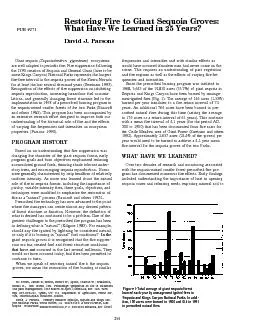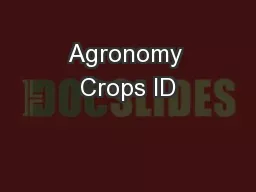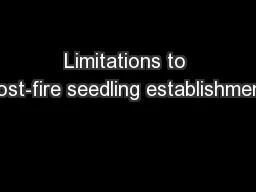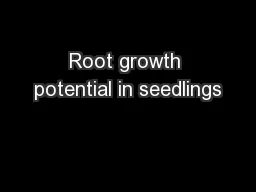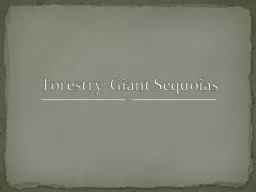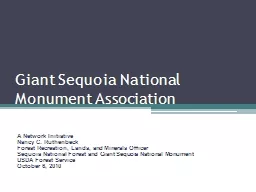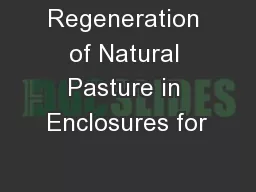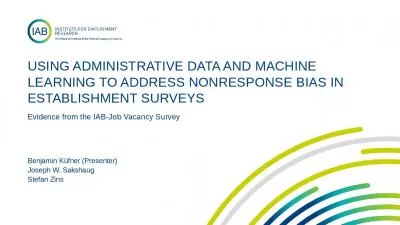PDF-prepare seedbeds for sequoia seedling establishment, re-ducing flammab
Author : briana-ranney | Published Date : 2015-10-20
quoia seedlings following especially hot fires Harvey and Shellhammer 1991 and the release of usable forms of nitrogen have also been documented Paleoecological
Presentation Embed Code
Download Presentation
Download Presentation The PPT/PDF document "prepare seedbeds for sequoia seedling es..." is the property of its rightful owner. Permission is granted to download and print the materials on this website for personal, non-commercial use only, and to display it on your personal computer provided you do not modify the materials and that you retain all copyright notices contained in the materials. By downloading content from our website, you accept the terms of this agreement.
prepare seedbeds for sequoia seedling establishment, re-ducing flammab: Transcript
Download Rules Of Document
"prepare seedbeds for sequoia seedling establishment, re-ducing flammab"The content belongs to its owner. You may download and print it for personal use, without modification, and keep all copyright notices. By downloading, you agree to these terms.
Related Documents

